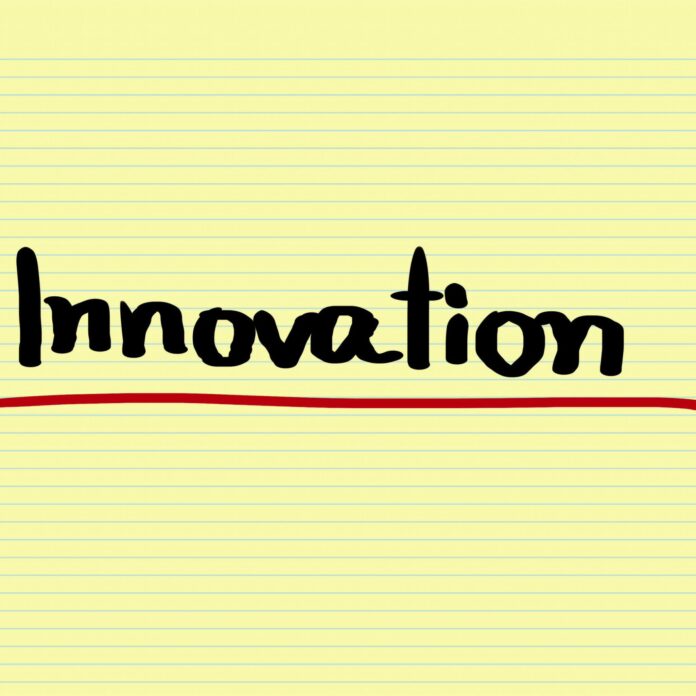In addition to startup pitch sessions, the 2015 TC3 conference focused on how telecom companies can maintain a competitive edge through innovation and business transformation.
The annual confab in Mountain View, Calif., this year held at the Computer History Museum, is put on by the Telecom Council Carrier Connections group.
Karim Tage, Arthur D. Little’s managing partner for Austria, sat down with RCR Wireless News to discuss why telecom companies, service providers in particular, have a hard time fostering agility through transformation.
“The question is where you start and how you structure yourself,” he said. “We’ve seen that the pace of any company … cannot innovate at the same speed as startups are developing and disrupting. You cannot collect as much creative thinking, even with the best process, to make it happen as others are doing globally.”
He said one way for larger companies to capture some of that startup magic is to proactively collaborate with startups; he also differentiated between seeking collaboration and sourcing collaboration.
“The classic telco approach would be to go through a very tedious sourcing process. If you have something to sell, you have to go through a vendor management process. This process is good in a very planned environment, but now we’re living in a very unpredictable future. You need to increase dramatically your agility. You need to be able to source much faster. You need to rethink completely your model of cooperation with startups.”
Greg Raleigh, founder, CEO and chairman of ItsOn, singled out digital transformation as “the No. 1 thing” carrier’s are currently pursuing.
“This is now a major trend in the industry and the challenge is digital transformation requires that [carriers] redo a good portion of their IT stack. The way the IT stack has been built up, it’s layers and layers of Band-Aids and bubblegum. One of the big challenges is just getting to the point where the operator says, ‘I need a way to start doing something completely different so I can move my business forward.’ You have to have some way of migrating them from the old world to the new world.”
Kamesh Pemmaraju, VP of product marketing for Mirantis, highlighted the benefit of OpenStack as a tool for integrating legacy platforms with newer software platforms.
“It’s a big challenge,” he said. “The way we are solving that is saying, ‘Look, you don’t have to go disrupt everything … you can use what you have.’ OpenStack is actually a framework that can consume any of these things you already have. That’s kind of the brownfield. Take your existing stuff and patch it into OpenStack. It’s kind of a journey, if you will.”
For more video coverage of TC3, click here.

